Booze, brawls and broken sharks: The shocking true story behind the making of 'Jaws'
For Ian Shaw, “The Shark Is Broken” is a thrilling ? and bittersweet ? family affair.
The new Broadway play, which he co-wrote, looks back at the tumultuous making of Steven Spielberg’s “Jaws.” Shaw portrays his dad, British actor Robert Shaw, who memorably played surly shark hunter Quint in the 1975 movie. The three-man show is running at Broadway’s Golden Theatre, where Shaw’s mom, Oscar-nominated actress Mary Ure, once starred in “Look Back in Anger.”
“I feel very lucky to be playing there,” Shaw says. “She died when I was very little, but some of my favorite memories are of being with my mother in Central Park feeding the birds. It's nice to go walking there while I'm working on Broadway.”
'Jaws' vs. 'Meg 2': A definitive ranking of the 10 best shark movies ever
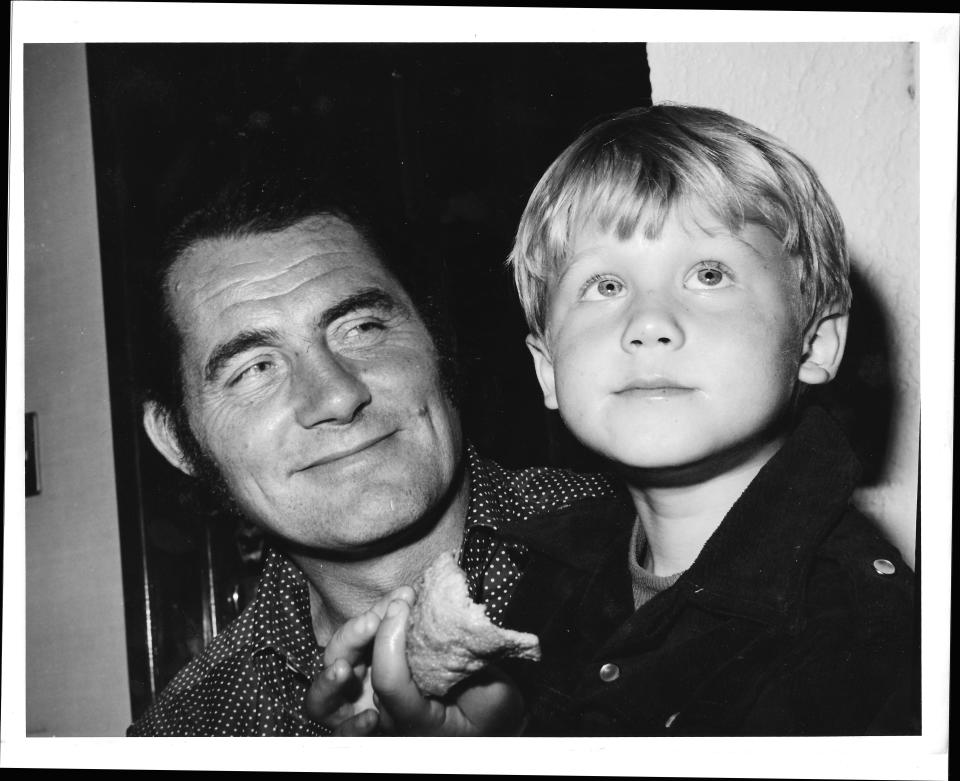
“The Shark Is Broken” centers on a particularly fraught period during the production of “Jaws,” when Robert Shaw spent nine weeks shooting the film’s final 40 minutes. Trapped on a boat off Martha's Vineyard, tensions ran high with Shaw and his co-stars Richard Dreyfuss (played by Alex Brightman) and Roy Scheider (Colin Donnell).
Although the play takes some dramatic license, everything you see on stage is “spiritually true,” Shaw says. Here are some of the most shocking and revelatory moments:
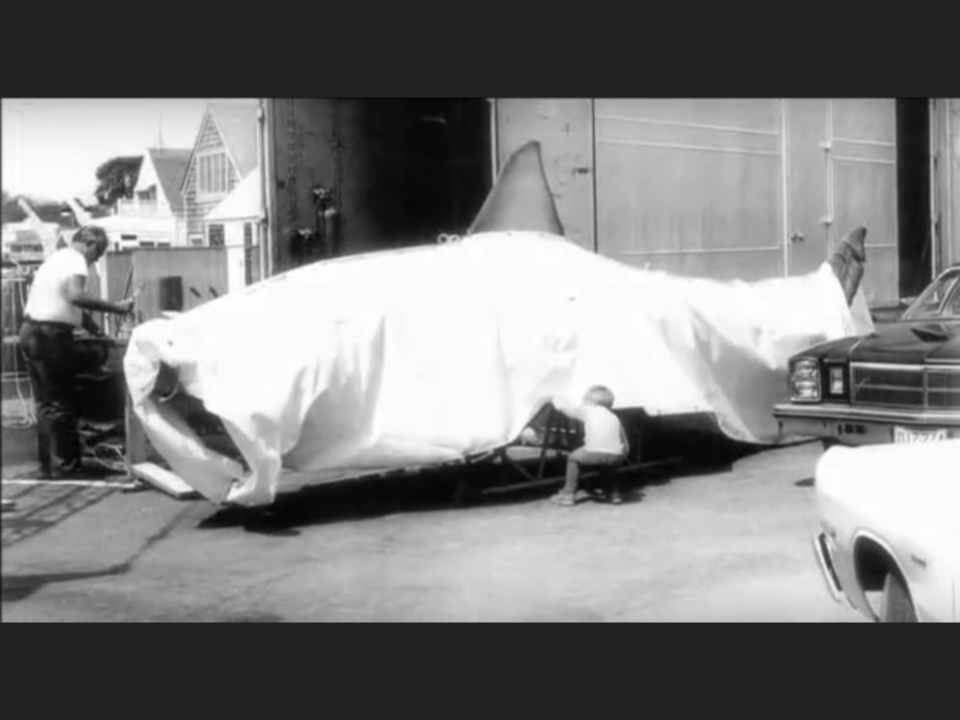
The mechanical sharks were 'constantly failing' on the set of 'Jaws'
The shooting of “Jaws” went 100 days over schedule as the budget ballooned from $4 million to $9 million. That happened in part because the three mechanical sharks – collectively named Bruce – frequently malfunctioned during shooting.
“There was one incident where the shark suddenly nose-dived to the bottom of the ocean,” Shaw says. “It was constantly failing because they tested it in freshwater and of course, when they got into the ocean, saltwater wreaked havoc.”
Robert Shaw really did write Quint's iconic USS Indianapolis speech
The play dives into the creation of one of the film’s most chilling scenes: Quint recounts his time serving on the USS Indianapolis, and describes how he witnessed his friends get attacked by sharks when the ship sank. The haunting monologue was "insanely long" at first, Ian Shaw says. It then went through many different writers, including Robert Shaw, whose four-minute version is what ultimately made the final cut.
“He was a good writer,” Ian Shaw says. “Because the shark was broken for so long, they were all improvising and talking and trying to make the script better. The first version was not great – certainly, that’s how Robert felt.”
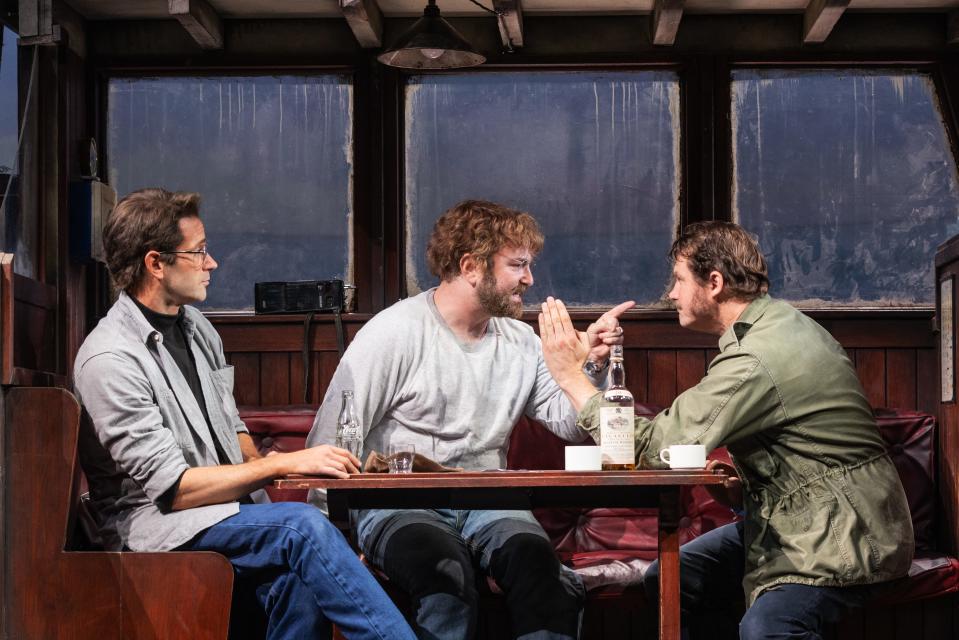
Robert Shaw's fights with Richard Dreyfuss often got physical
Set entirely on the boat, the play depicts the off-camera conversations and verbal sparring matches between the cocky young Dreyfuss and seasoned veteran Shaw. They sometimes got violent, and there is one scene of Shaw strangling Dreyfuss.
In real life, “it did get to those sorts of levels,” Ian Shaw says. “There was one incident not in the play where Robert fired a fire extinguisher at Richard.”
Despite their public spats, “there was affection between them privately,” Shaw adds. “Robert didn't hate Richard. In a clumsy, old-fashioned way, he was trying to school him to stop focusing on being famous and start concentrating on the work.”
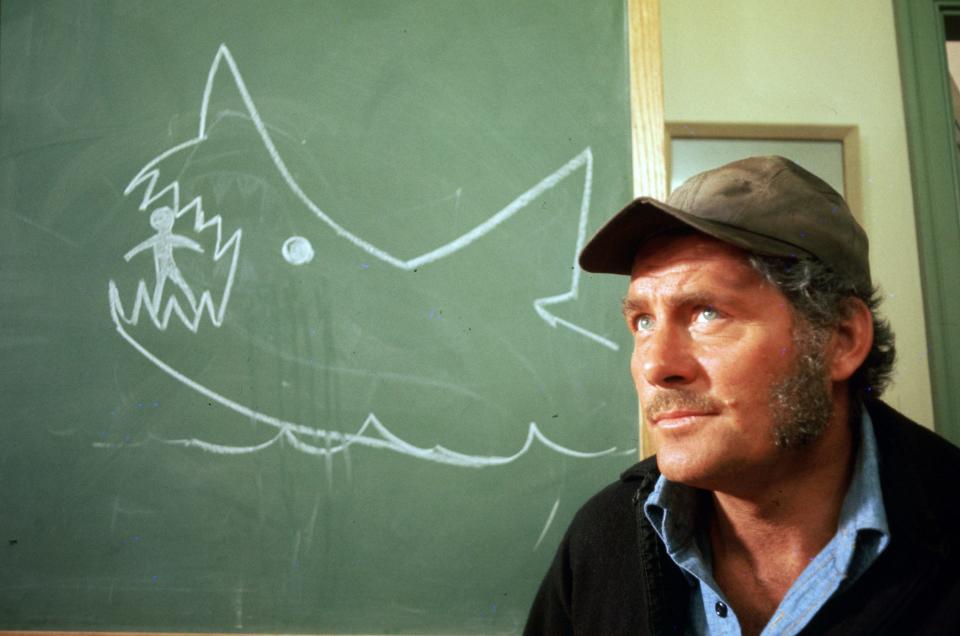
Robert Shaw had to 'beg' Steven Spielberg for a redo after getting 'too drunk' on the set
One constant source of friction was Robert Shaw’s drinking. The actor struggled with alcoholism for most of his life, and he died at 51 of a heart attack, just three years after the movie’s release. Shaw was known as a heavy drinker going into "Jaws," and he frequently drank between takes.
"He got too drunk to perform the Indianapolis speech when he finished writing it," Ian Shaw says. "He had to beg Steven to have another go, and then he got it right the following morning.”
As shown in the play, Dreyfuss tried to intervene at one point by throwing Shaw’s liquor overboard. “In his naivete, Richard thought it would help with Robert’s drinking problem,” Ian Shaw says. “But of course, all it did was mean that all hell broke loose and that Robert wanted to fight him."
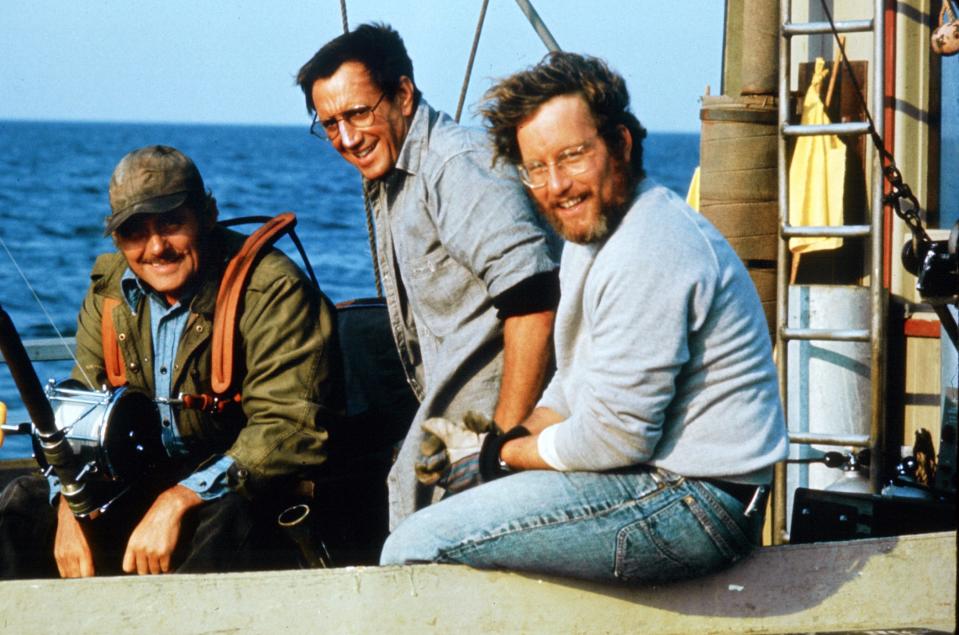
Richard Dreyfuss struggled with anxiety and depression
In one of the play’s most emotional scenes, Dreyfuss suffers a panic attack on the claustrophobic set, stemming in part from his neuroses about success and failure in Hollywood.
"Richard was how you would describe bipolar now," Ian Shaw says. "There’s no factual evidence that Richard had a panic attack on the set of ‘Jaws,’ but he did have that temperament and that’s something we wanted to show.”
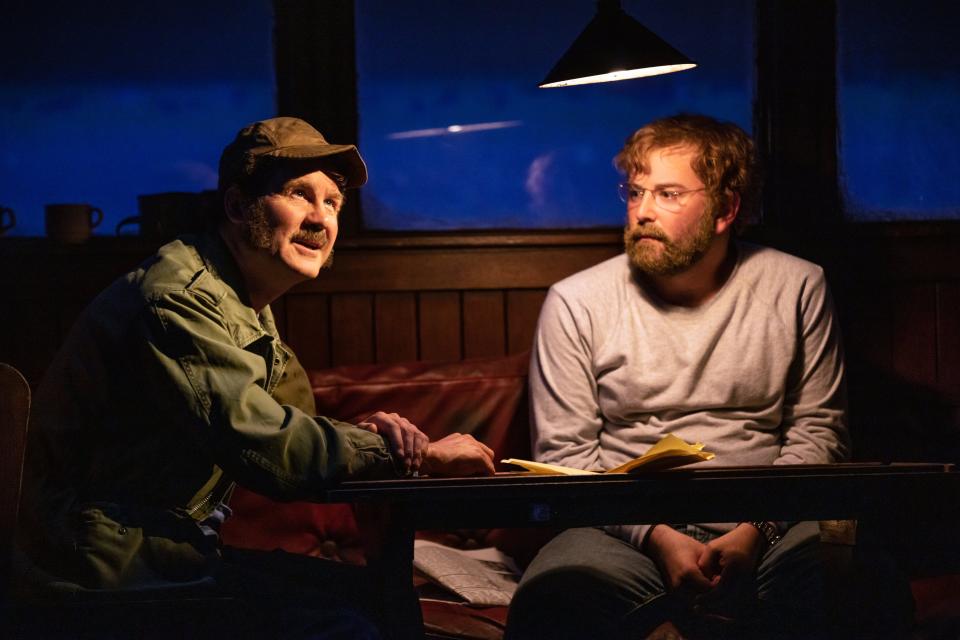
The cast figured 'Jaws' would flop at the box office
“Jaws” was a runaway success, chomping off $477 million at the global box office and netting four Oscar nominations, including best picture. But as seen in the play, the actors frequently doubted the film would be taken seriously, let alone remembered nearly 50 years later.
“They were nervous (that) people were going to laugh at the shark,” Ian Shaw says. Plus, "the film's spiraling over budget, my dad's drinking, the script isn't great, and this is before they put on John Williams' music. So you can really imagine how it felt."
This article originally appeared on USA TODAY: 'The Shark Is Broken' tells shocking behind the scenes of 'Jaws' movie
